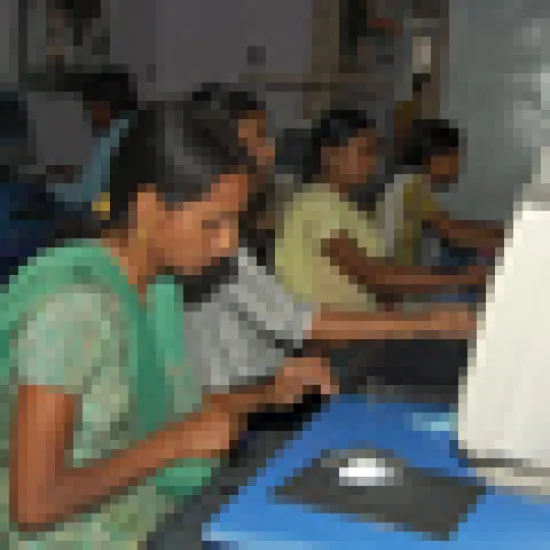After years of raising eyebrows during discussions about how the information technology and software industry in India have been booming — while the hardware side lags — things are about to change, or so it seems.
The American computer giant Dell is ready to pump out 800,000 computers from its plant in Sriperumbudur (Tamil Nadu) in India; 5000 notebooks will be manufactured per week. When it comes to exports, the primary target is the Middle East and the West Asian market. Some interesting figures show us that the company’s business in India is growing at a pace of 100 percent annually and now has begun to contribute to 2 percent of Dell’s total global revenue; 25 percent of Dell’s workforce is found in India and we probably hope to see an upsurge in some of these figures in the coming years! If Dell can build and maintain a cost-effective embedded hardware production facility in India, revenues from India will surely be on the rise.
Another example or a sign that a “Sleeping Giant” is about to wake up, could be found in the Delhi-based Simmtronics, who has launched the “Simmbook”, available in Economic, Standard and Premium versions. In collaboration with IBM, they are targeting the African continent, to propagate light-weight, low-cost computers to schools, universities and the mass market. One hindrance, however, is the internet connectivity at many places, similar to that in India.
Furthermore, we expect that the Chinese computer hardware production and exports might diminish as India starts to gain pace, which seemed unfathomable at one point in time. Circumstances are constantly changing and the value-added tax, which was once 3 percent in China, has now risen to 17 percent, a factor worth considering.
Research and development are thriving in India with the manifold campuses, Centers of Excellence (CoE) and laboratories, where multinational corporations blend with Indian engineering skills. In recent times, we have seen inventions as the “Greenware” of Wipro and HCL´s “HCL eSafe”. With respect to Environment friendliness in computers, recently carried out by Greenpeace, these products have surely helped their companies’ notch up to the top five slots in Global Ranking. Furthermore, India is in the forefront of Research in Biometric Identification and developing technology for Human Identification at range, which are much sought after by the Aviation and Security industries.
With the global delivery of PCs rising to an astonishing 43 percent in the first quarter of 2010, compared to the same period in 2009, we realize that this sector is dynamic and it is surely pushing for newer, smaller, faster computers. Companies who can “sense the pulse” of the market and seize the opportunity by presenting products for the common man, will have a great future and consequent revenues following. These companies might not only be called HP, Acer or Dell in the future, but could very well have more Indian-sounding names!
Helen Sjölund is a Sustainability Analyst with Solaron Sustainability Services. She is based in Dubai and covers the Middle East and Asia regions. Solaron ( www.solaron.in ) is a niche Sustainability / ESG research firm with a global team of 60+ Analysts present across several Emerging markets like India, Brazil, China, UAE, Mexico, Russia, Eastern Europe and Africa.






